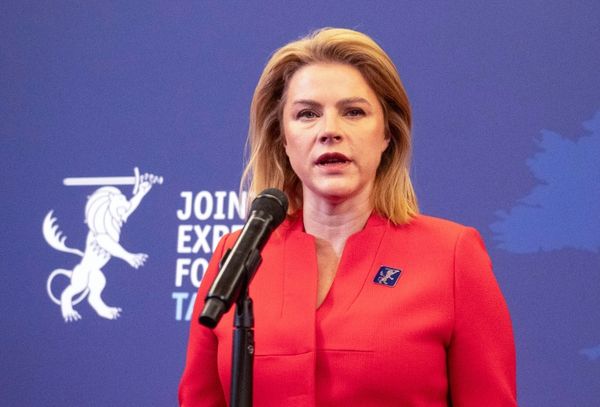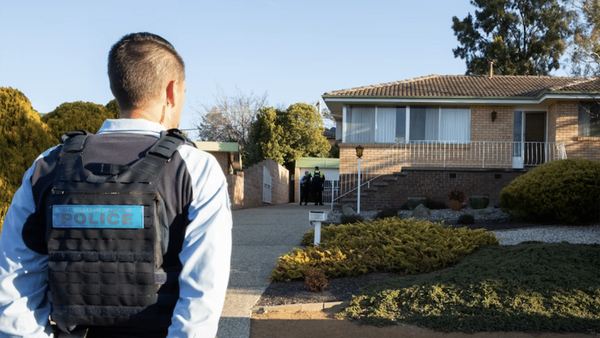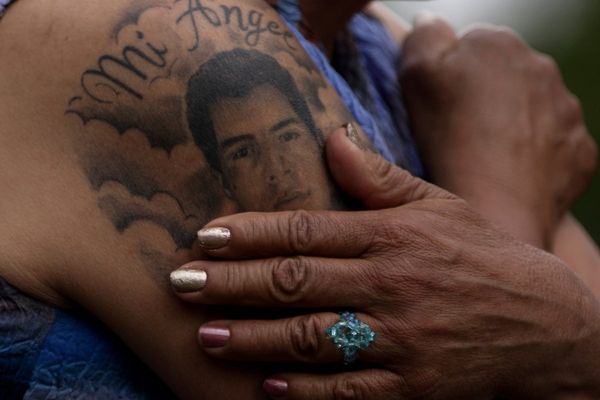
When Tan Dun’s score for Ang Lee’s Crouching Tiger, Hidden Dragon won an Oscar in 2000, he entered a realm of celebrity to which few classical composers have access. Now he’s even a UNESCO Goodwill Ambassador alongside the likes of Laura Bush and Princess Caroline of Hanover.
Celebrity indeed. Born in China in 1957 and living in the US since 1986, he writes music that travels easily across cultures and between eras. He readily embraces the broad, schmaltzy lushness of film music, yet he’s equally at home exploiting Western avant-garde traditions or ancient Chinese rituals and instruments.
All these strands come together in his Buddha Passion, which received its UK premiere last night, conducted by Tan himself. It’s an immense work requiring not only the London Philharmonic Orchestra but also two weighty choirs (the London Philharmonic and the London Chinese Philharmonic) and six soloists, including a dancer who also played the pipa (a venerable Chinese instrument akin to a lute).
Lasting 90 minutes, the piece takes the notion of ‘passion’ from the Christian tradition of musical works (notably by Bach) telling the story of Christ’s suffering and death. Here, the story, in six episodes, focused on the path to Buddhist enlightenment. The text was in Chinese and Sanskrit (eloquent English-language surtitles were provided), while the music swung back and forth between West and East.
The programme described two of the vocal soloists as “indigenous”: soprano Sen Guo sometimes sang in the style of Beijing Opera, sometimes in a more Western idiom; while Batubagen played the xiqin (an almost extinct bowed fiddle) to accompany his own Mongolian overtone singing, an extraordinary sound blending both high and low timbres. Meanwhile the Western singers made occasional sorties into overtones and woozy glissandos.
It may sound a bit of a mish-mash, and not everything worked: Yining Chen’s dance episode felt somewhat pasted on, even though there was a narrative logic at work. It was that logic that kept things in order; there was a real sense of storytelling through ritual, with the sung lines sometimes representing characters, sometimes offering words of gnomic wisdom: “The greatest music makes no sound” struck a particular chord, so to speak.
If that sounds ponderous, there were also moments of humour, including vocalised laughter and some intricate verbal play with numbers from one to nine. For much of the performance, the orchestra were the support act, although the six percussionists were kept busy throughout, sometimes banging loudly, sometimes producing something more diaphanous, even, at several points, purely liquid; Tan knows how to make water sing.
Despite a few missteps, the overall effect was cumulative so that the standing ovation that greeted the final silence felt like a communal release.







